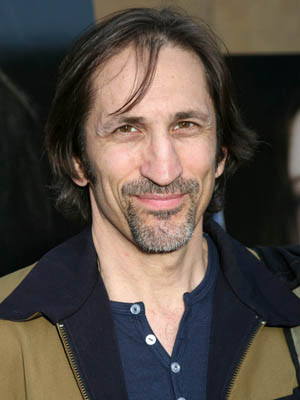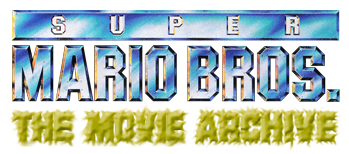Actor Profile--Richard Edson (Spike)
Author: Steven Applebaum (Redstar)
April 3, 2011

Richard Edson
Born in New Rochelle, New York in 1954, Richard Edson was a drummer and trumpet player in New York City when he was cast by his friend Jim Jarmusch as Eddie, one of three main characters in the independent filmmaker's first feature "Stranger Than Paradise."
From that auspicious debut, the actor has appeared in more than 16 films including Spike Lee's "Do the Right Thing," in which he played Vito; Oliver Stone's "Platoon," Barry Levinson's "Good Morning, Vietnam," John Hughes' "Ferris Bueller's Day Off" and Mike Binder's "Crossing the Bridge."
He plays the title role in Steven Starr's critically acclaimed "Joey Breaker," as Joey, the tunnel-visioned talent agent who comes to learn that there is more to life than ambition. Edson will also appear in Gramercy's "Posse" this spring. He also appeared regularly as the ex-prize fighter Wilmer Slade on the NBC series "Shannon's Deal," created by John Sales.
Richard described his audition for the character of Spike in our October 31st (2010) interview as having been a competition between himself and another person. “[…]basically you want to out-shine the other person. You don't really care what the other person is doing.”
Realizing that he would be there for 10 weeks, Richard then drove his car from New York to North Carolina in a 1971 24z. He received a three-bedroom on the water with a boat and basketball court, which is where he stayed for the duration of the production.
However, Richard quickly realized that the production was in trouble when directors Rocky Morton and Annabel Jankel seemed apathetic towards or uninterested in ununciated, emotional acting. Further, the script faced constant revisions, which put his and Fisher Steven’s characters in a state of flux. Edson stated: “I was a little disappointed with the new script because it seemed to have dumbed everything down and made everything really silly and before there was a little more meat to it.”
When asked how familiar he was with the game, Richard explained that as a musician in the ‘80s he would often play Pac-Man, Ms. Pac-Man, Donkey Kong and Super Mario Bros. in clubs and between sound-checks. Because of this, he was somewhat familiar with the concept of the games. This led to his disappointment as he felt that the film under-utilized the concept of different worlds and instantaneous travel. In our interview, he explained these feelings:
“So that's where I got my familiarity with them and that's why I was so disappointed [with the movie] because the game had such a cool feel and the ability to switch between dimensions and different worlds was so instantaneous and each world was like this new cool place that you wanted to get to that when I saw that it was basically all just physical design and not digital design I was kind of like "They're not taking advantage of what the game has to offer," and when Rocky and Annabel, who had done the first real digital movie with Max Headroom, it kind of had that feel to it. It had a feel that it was designed more from an animation point-of-view than from a physical production.”
Despite these issues, Richard and partner Fisher Stevens soon found that the Rocky and Annabel’s apathy allowed them to explore their characters further than their constantly-revised scripts did. Feeling that the original dialogue was “lame,” the two devised a plan to write alternative lines to present to the directors. Upon doing so, they found that their new dialogue received lots of laughs and love. From that point on, as Richard says, they were “[given] permission and the license to rewrite all our dialogue, come up with new scenes, [and] whatever we wanted to do.”
Of the new scenes, perhaps the two most influential were the idea to evolve Spike and Iggy’s characters to make them more involved in the third act of the film rather than de-evolve them and the (cut) Iggy and Spike rap sequence during the Boom Boom Bar scene.
Since Super Mario Bros., Richard has worked on over 63 television shows and films. He is also a photographer of miniature toy figures. The style of his photography brings the tiny objects into a larger world full of what he calls "dreams, visions, or solutions to problems not yet even imagined."
Related Links:
SMB Archive's Richard Edson Interview
